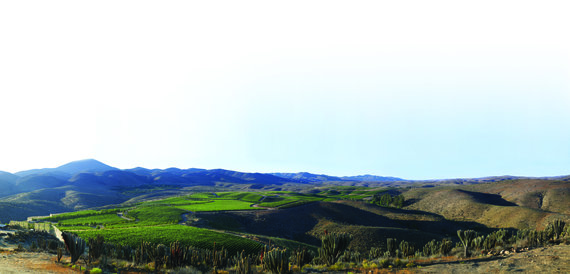“I’m optimistic because every year we have more new wines with very good quality, coming from old abandoned areas such as Maule and Itata and also from new areas such as Limarí, Huasco, Elqui and also in the deep south of the country such as Traiguén and its surroundings.
“The Andes mountains will be the next big discovery for high-end wines,” he says.
Torres Maczassek says: “I believe that reviving certain ancestral varieties can help differentiate Chilean wine by making it more unique, thus allowing us to work with higher prices.”
WoC president Mario Pablo Silva says: “We are working in the new strategy 2016-2025. We need to work hard and invest in the country image, where the wine is the most important ambassador of our country.
“We need to be close to the consumer and the experts. If we do this, working through the association and also
each winery following this main guide, I am sure we will continue growing
and being a most important player in this beautiful industry around the world, reaching the goals set,” concludes Silva.
Richard Hemmings’ final remark at the masterclass was: “Interesting wines is what the wine trade likes to get energised about.” The point being: If they can get ‘excited’ then maybe they can excite their customers.
Are you excited? We live in hope.




